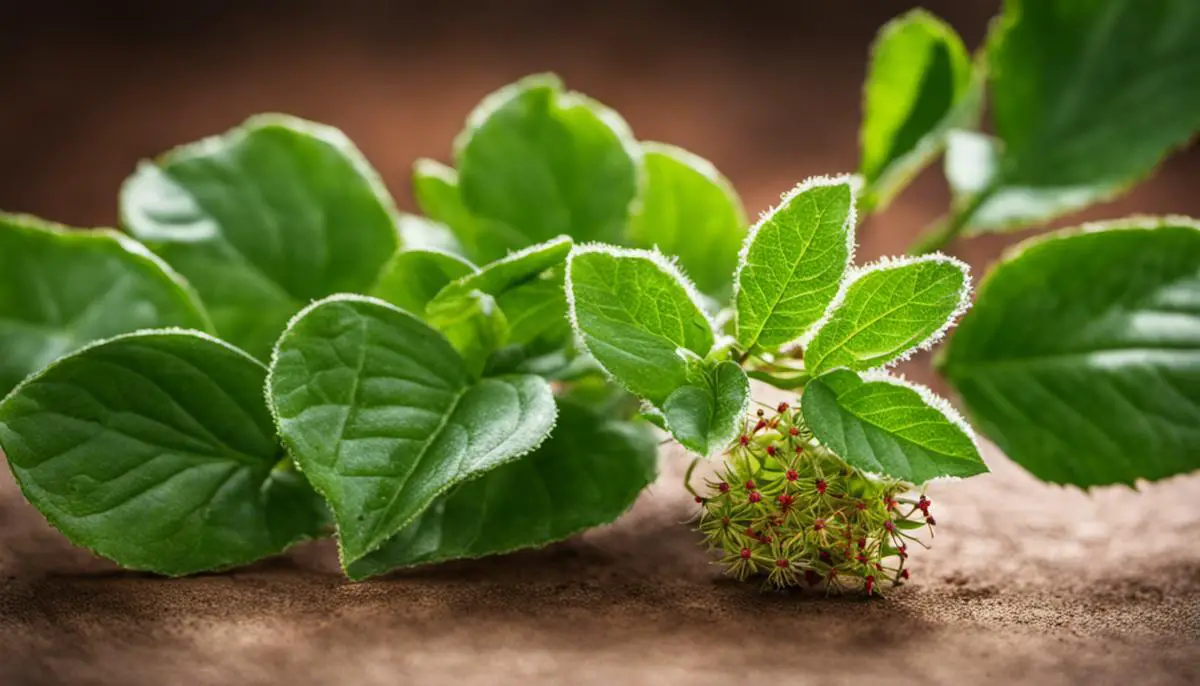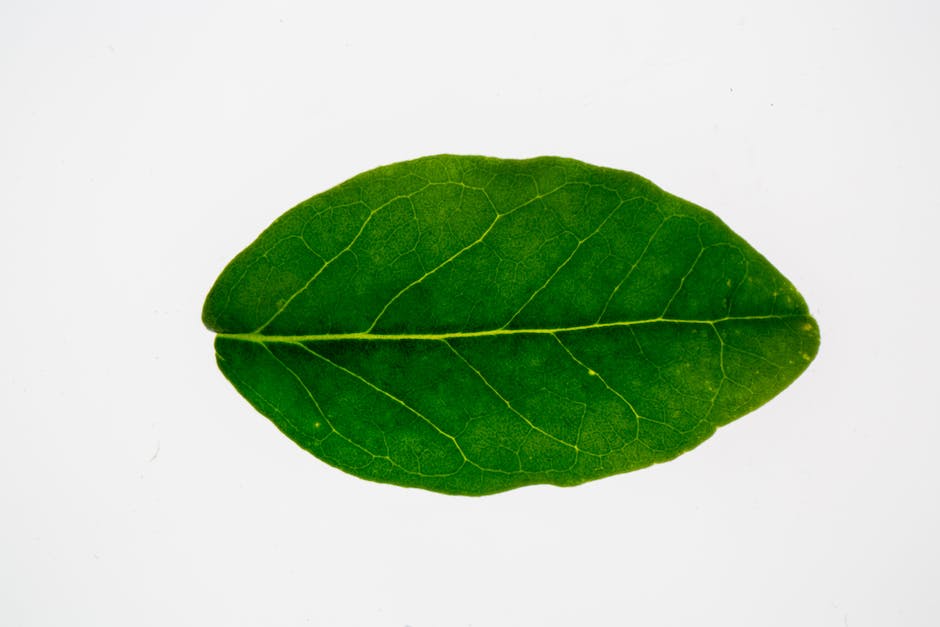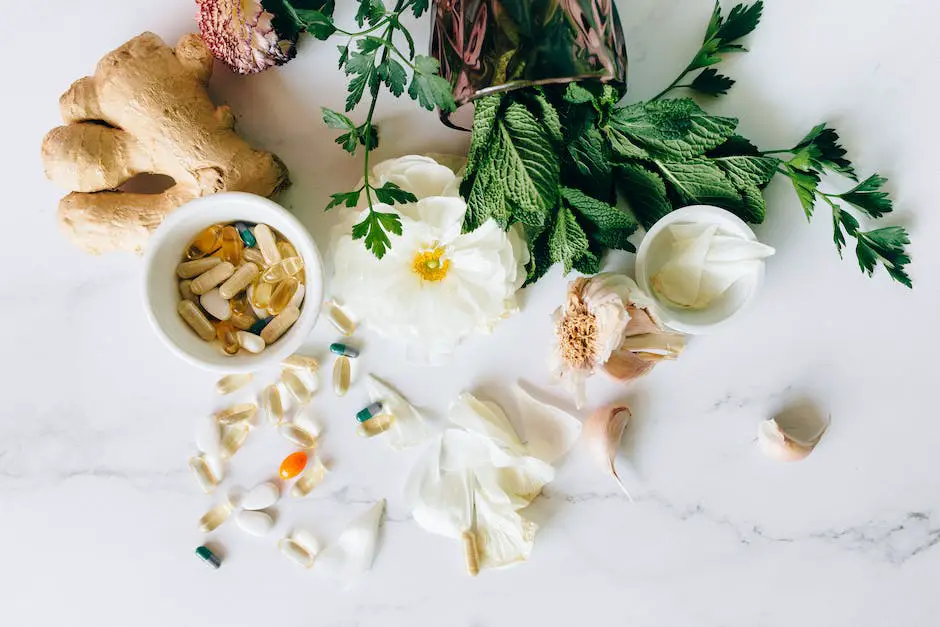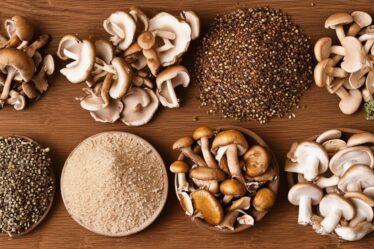
Embraced by centuries of traditional medicine and adorned by the splendor of nature, Boldo is an enchanting herb that whispers tales of healing and mystery. It has carved out its space in the annals of therapeutic medicines, excelling not only in its medicinal prowess but also in its culinary use. We venture into its history, tracing its journey from native South American landscapes, to understand its origins and traditional uses. Morphology and cultivation become vital keys to unlock the secrets of nature, and in the case of Boldo, these factors lend valuable insights into its various attributes. The phytochemistry of boldo, primarily its rich alkaloid constitution, unveils a world of therapeutic potential, a subject of fervent scientific queries and studies. Lastly, the medicinal applications, drawn from a tapestry of clinical research and traditional knowledge, unfold, confirming its role from a humble plant to an important player in global health care.
Origins and History of Boldo
The Origin and Historical Significance of Boldo
To delve into the mysteries of Boldo, an intriguing plant species from the monotypic genus Peumus, one must journey to the length and breadth of South America. The plant, native to Chile’s central region, unfurls a myriad of insights about ethnobotany, shaping our understanding of human-plant interactions in culturally defined ecosystems.
Boldo, also known as Peumus boldus, is primarily found flourishing in the dry, rocky forests of the Chilean region. Its distinctive aroma and flavor, derived from its green leaves, have carved a deep-seated space in traditional culinary practices and folk medicine. Importantly, Boldo’s adaptability to a variety of topographic settings has ensured widespread propagation, garnering recognition and usage far beyond its native Chile.
Historical data reveal the rich medicinal significance that Boldo has held for generations. Its usage dates back to the pre-Hispanic cultures, where the indigenous Mapuche people revered its therapeutic qualities. Remarkably, this respect for the plant has transcended past generations and is firmly ensconced in modern ethnobotanical assimilation. Boldo’s leaves, laden with an essential oil rich in eucalyptol, have been traditionally used for digestive ailments, gallstone prevention, and liver support. This is attested by pharmacopeia records that date back to the nineteenth century, thus underpinning Boldo’s medicinal relevance over time.
Additionally, the evidential snippets in European pharmacopeia from the late 19th century to the early 20th century shed light on the worldwide recognition of Boldo’s medicinal properties. It’s fascinating to trace how Boldo’s therapeutic reputation traversed across continents, manifesting its global pharmacological footprint.
Notably, Boldo’s significance extends beyond medicine into the arena of ecology. The plant’s berries serve as a vital food source for various bird species, contributing to seed dispersal, thus playing a critical role in maintaining ecological balance in its native habitat.
Delving into the origins and historical significance of Boldo not only underscores the rich bio-cultural heritage found in its native region but also presents a compelling narrative about the co-evolution of human societies and flora. It stands as a testament to the resilience of indigenous knowledge systems and to the invaluable contributions made by such plant species to global health practices. This undoubtedly provides a springboard for future research aimed at acknowledging, preserving, and furthering bio-cultural diversity.

Botanical Description and Cultivation of Boldo
Unfolding the Botanical Characteristics and Cultivation Techniques of Boldo
Boldo, formally known as Peumus boldus, is celebrated in the botanical world for its profound therapeutic properties and distinctive morphology. To truly appreciate this ethnomedicinal wonder, one must delve into its specific physical characteristics and uncover the secrets to its cultivation.
Physically, this evergreen shrub turns heads with its fascinating array of features. Measuring up to seven meters in height, Boldo’s erect stature is embellished with a dense canopy of thick, leathery leaves. These leaves, the primary anatomical feature of medicinal interest, adopt a strict ovate or elliptical shape, displaying a vibrant deep green color that enriches the shrub’s aesthetic. Underneath, they boast a pale grayish-white hue. While the leaf margin is entire, the apex is rounded to obtuse, extending up to 3.5 cm in length and 3 cm in breadth.
Then, there are the flowers of the Boldo. Arising in small clusters or cymes during summer, they exhale tremendous beauty and magnetizing aroma. The small, white-to-pale-yellow flowers have about ten stamens coiled by soft, silky hairs. Once they have performed their functionality, the flowers evolve into small, fleshy, lustrous yellow fruits that are favored by various native birds, thereby playing a critical role in local ecosystems.
In examining how Boldo is cultivated, it’s evident that this perennial plant, robust and resilient in nature, prefers well-drained, loamy soils and a sunny position. However, it’s adaptable enough to tolerate semi-shade. Its preference leans towards a slightly acidic soil pH, but again, this is not a strict dictum. Boldo can thrive in a reasonably wide pH range, making it a highly adaptable and farmers-friendly crop.
Propagation typically happens through seeds during autumn or early winters when the conditions mimic its natural setting. It’s important to note that the germination process is methodically slow and may take as long as six months to a year. In traditional cultivation, a stratification process is often employed to expedite the germination. This process involves simulating a cold winter period for the seeds to break dormancy and trigger germination.
As the young saplings develop, they demand attention in terms of appropriate watering regime. Boldo needs to be kept moderately watered until fully established, after which it shows admirable drought-resistance. Pruning is usually not required, but can be done to maintain a desired shape and size – a vital aspect in a commercial setting. Pests and diseases generally lay off Boldo, thanks to its notorious aroma and inbuilt defense mechanisms.
In summation, Boldo, in its physical glory, stands as an emblem of resilience as well as aesthetic grace. The ways of its cultivation, while nuanced with specific needs, continue to be well-within the capabilities of modern horticultural practices, making it a potential addition in diversified agriculture and upscaling the production of this remarkable plant.

Phytochemistry of Boldo
Diving into the rich chemistry of Boldo (Peumus boldus), the abundance of bioactive compounds found in this plant underscores its importance in the pharmacopeia. Pre-eminent among these are the phytochemicals, a class of secondary metabolites with vital roles in both plant functions and human health.
By far the most prevalent phytochemical found in Boldo is boldine, an alkaloid that accounts for 2-3% of the dry weight of its leaves. Research has indicated boldine’s antioxidative properties, which assist in neutralizing harmful free radicals in the body. Moreover, it exhibits significant anti-inflammatory activity by inhibiting the release of proinflammatory cytokines. Notably, boldine has also demonstrated potential in promoting liver health by enhancing bile production and flow, which is crucial in detoxification and digestion processes.
Flavonoids, a massive family of phytochemicals, also enjoy a notable presence in Boldo. One star among them is catechin, a potent antioxidant that seeks and destroys free radicals and assists in reducing inflammation. Studies have further indicated catechin’s role in improving cardiovascular health and its potential for cancer prevention.
Aside from alkaloids and flavonoids, coumarins also make their presence known in Boldo. These compounds are not just responsible for the pleasant aroma of the plant but also deliver distinct medicinal benefits. In particular, Umbelliferone, the primary coumarin in Boldo, endows the plant with its antispasmodic properties, aiding in the relief of muscle spasms and gastrointestinal discomforts.
The essential oil of Boldo, rich in monoterpene and sesquiterpene components, contributes to many of the phytochemical properties of the plant. Monoterpenes like limonene and p-Cymene, prominent in Boldo oil, provide antibacterial, antifungal, and even potential anticancer benefits.
Not to be overlooked are the tannins which, although usually associated with the astringency of Boldo, perform crucial biological roles. Tannins are reputed for their antioxidant and antimicrobial properties and have been reported to manifest potential anticancer and antiviral activities.
This exploration of the phytochemistry of Boldo offers just a glimpse into the varied wealth of active compounds it offers. Each phytochemical we’ve examined today underscores Boldo’s multifaceted role in human health and medicine, whether through direct effects or potential benefits. As our understanding of Boldo deepens, this South American marvel continues to reveal its prolific therapeutic potential and further solidify its status as a significant player in the world of ethnopharmacology.

Medicinal Applications and Clinical Research
Delving deeper into the profundities of Boldo’s medicinal benefits, one quickly arrives at the intriguing landscape of its neurological applications. The compounds found in Boldo, especially boldine, have been identified as moderators of neurochemical processes, paving the way for potential breakthroughs in the treatment of neurodegenerative diseases. This is brought to the forefront by a study published in the European Journal of Pharmacology, which demonstrated boldine’s potential for inhibiting the enzyme acetylcholinesterase, contributing to the enhancement of cholinergic function – a significant benefit for Alzheimer’s research.
Boldine also exhibits neuroprotective properties, offering a potential shield against neurodegenerative conditions as per the evidence presented in Behavioral Brain Research. This antioxidant compound mitigates the impact of oxidative stress – a prime culprit in neurodegenerative disorders – and could potentially thwart the debilitating progression of diseases like Parkinson’s.
Focusing on the gastro-intestinal benefits of Boldo, it is seen in several studies, including one from the Journal of Ethnopharmacology, that Boldo can influence bile production and secretion, aiding digestion and encouraging the elimination of toxins. This hepatoprotective quality of Boldo, primarily linked to boldine, aligns with traditional uses of the plant for treating liver and gallbladder complaints, and warrants further exploration.
Pharmacological research into Boldo has also started to unravel its potential applications for metabolic diseases. Studies suggest that Boldo may help regulate blood sugar levels, representing a potential natural option for managing diabetes. A sound example is the research published in Nutrition & Metabolism, which details boldine’s efficacy in reducing insulin resistance and adiposity, two critical aspects of metabolic syndrome.
Analyses of Boldo’s antimicrobial benefits present compelling evidence for its potential use in treating infections. The plant’s essential oil, rich in monoterpenes, has shown antibacterial activity against a broad spectrum of pathogens. Published in Microbial Pathogenesis, a study demonstrated Boldo essential oil’s inhibitory effects on infectious bacteria such as E. coli and Staphylococcus aureus.
The antifungal properties of Boldo should not be overlooked either. The presence of bioactive compounds in Boldo leaves has been shown to impede the growth of pathogenic fungi, according to a study in Industrial Crops and Products. This adds another string to Boldo’s bow, framing it as a significant candidate for natural antimicrobial therapies.
Given the potential of Boldo in myriad health-related avenues, it is essential to persist in exploring and validating these properties through rigorous, standardized, and repeatable clinical trials. By understanding the plant’s mechanisms of action, contraindications, and optimum usage, the full spectrum of Boldo’s medicinal potential can be harnessed, contributing significantly to a future where plant-based medicines are used in congruence with modern science to promote better health outcomes.

From humble beginnings to a place of reverence in global herbal medicine, Boldo commands respect for its hardiness, unique characteristics, and multi-dimensional benefits. Drawing upon its botanical roots, growth attributes, and phytochemical composition, it emerges as a potent tool for enhancing health and wellness. Supported by contemporary research, traditional uses in managing digestive disorders, liver health and potential antimicrobial properties of this plant have only added to its distinction. Furthermore, its place in the culinary world as a unique flavor enhancer underscores its versatility. Diving deep into the realm of Boldo not only rekindles our awe of nature’s medicinal artistry but also sparks hope for uncovering more such beneficial herbs that could be harnessed for their healing might. Thus, as we continue to unravel the full potential of Boldo, it is essential to remember its roots, revere its history, and respect its nuances as we adopt it in our journey towards improved health and well-being.



